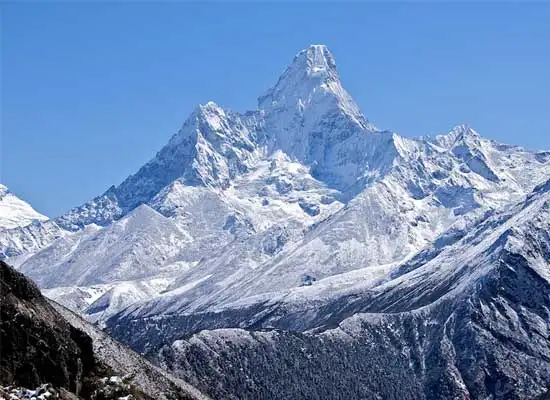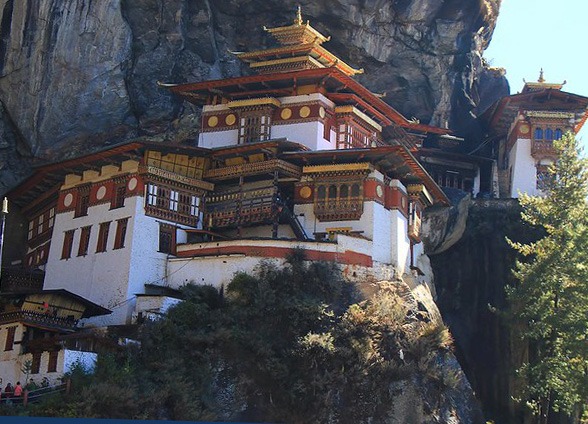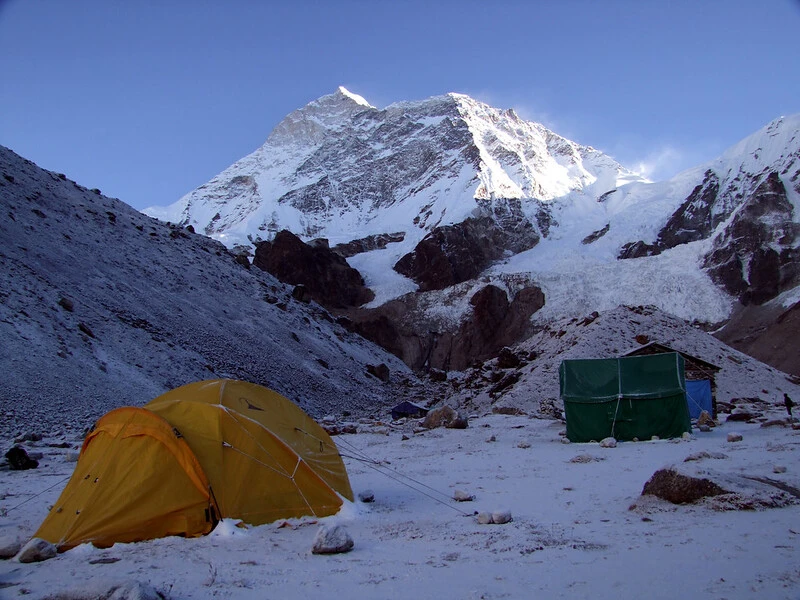Top Trekking and Tour Deals in Nepal
-


Luxury

Moderate

09 Days
-


Standard

Strenuous

14 Days
-


Standard

Strenuous

14 Days
-


Luxury

Easy

08 Days
-


Standard

Strenuous

12 Days
-

$2950

Standard

Strenuous

12 Days
-


Comfortable

Easy

12 Days
-

$4500

Luxury

Easy

17 Days
-


Standard

Moderate

12 Days
-

$2680

Standard

Challenging

19 Days
-


Standard

Strenuous

18 Days
-


Standard

Strenuous

16 Days
-


Standard

Easy

09
-


Luxury

Strenuous

11 Days
-


Standard Trek

Strenuous

20 Days
-


Standard

Challenging

20 Days
Top Trekking and Tour Deals in Nepal
Looking for top trekking and Tour deals in the Nepal Himalayas? Himalayan Trekking Tours Company presents you with the top trekking and tour packages in Nepal, Tibet, and Bhutan.
Start a journey of a lifetime with our top trekking deals in Nepal! Discover the breathtaking landscapes and untamed natural environments as you explore the heart of the world’s highest peaks. At Himalayan Trekking Pvt. Ltd., we are thrilled to offer you the most remarkable top adventure that will awaken all your senses with its beauty.
Discover why these trekking deals are truly top!
Adventurers and nature enthusiasts, this is your chance to make unforgettable memories! Our top trekking deals in Nepal are making waves for all the right reasons.
Let’s explore the captivating benefits that make these trails an actual top choice:
Best Scenic Beauty:
Imagine yourself following ancient paths through dense forests, charming villages, and blooming rhododendrons everywhere. Our trails offer you the chance to experience the majestic Himalayan peaks like never before. They stand tall and grand against the vivid blue sky. Every step you take brings you closer to nature’s most stunning masterpiece.
Cultural Exploration:
Experience Nepal’s amazing culture as you explore remote villages and connect with friendly locals. These routes offer more than just stunning scenery; they provide a glimpse into the rich history and diverse traditions of Nepal, allowing you to truly experience its authentic essence.
Expert Guided Expeditions:
Join our adventurous trails with experienced guides who are not only experts but also has captivating storytellers. Their fascinating information about the mountains, cultures, and hidden treasures will enrich your journey, providing an educational and fulfilling experience.
Tailored to Suit All:
Whether you are an experienced trekker seeking a thrilling challenge or a beginner in search of an exciting adventure, our Top Trekking and Tour Deals in Nepal are customized to accommodate all levels and abilities. With a variety of difficulty options available, you can choose the adventure that best matches your fitness level and previous experience.
Your Adventure Awaits – Choose Your Top Trekking Deals in Nepal
Our Top Trekking and Tour Deals in Nepal are more than just vacations; they are life-changing experiences. Here’s why they are truly exceptional:
Are you ready for an unforgettable adventure with the top trekking deals in Nepal? Nepal is waiting to enchant you with its stunning landscapes, vibrant culture, and unwavering spirit. Don’t let our amazing offers slip away, offering a truly unparalleled experience. Let your wanderlust blend with the awe-inspiring Himalayas.
Reach out to us today at Himalayan Trekking and Tours, the best trekking agency in Nepal, and secure your place in these highly sought-after journeys. The mountains are calling, and it is your time to answer the call. Turn your dreams into reality, explore Nepal, and book your adventure today. Your ascent to the rooftop of the world begins here.
Remember, the adventure of a lifetime is just a click or a call away. Join us and become a part of the Himalayan story, where every step unveils a revelation, and every moment is a memory in the making.
© 2026 - Himalayan Trekking and Tours (P) Ltd. All Rights Reserved.




















